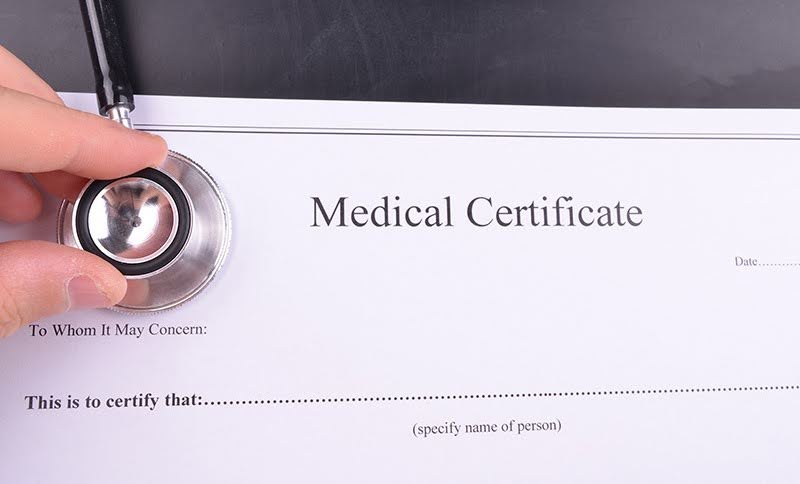In today’s professional landscape, ensuring that one complies with workplace requirements is crucial. This often includes presenting a medical certificate for work. Such a document is not only a testament to an individual’s health status but also a requisite for many jobs following health protocols.
Understanding the Importance of a Medical Certificate
A medical certificate serves as formal documentation that verifies an individual’s medical condition as assessed by a qualified healthcare professional. It is commonly required in various workplaces to validate medical leave or chronic conditions that might affect an employee’s capability to perform their duties.
Notably, medical certificates are significant in reassuring employers about the legitimacy of an employee’s absence due to health reasons. Moreover, they help manage any scepticism or disputes regarding the validity of medical leave claims.
How to Obtain a Medical Certificate for Work
Acquiring a medical certificate typically involves visiting a healthcare provider. During the appointment, the practitioner will conduct an examination and, based on their findings, provide the required certificate. It is advisable to be candid about your health issues to ensure the certificate accurately reflects your condition.
In Australia, individuals may choose between in-person consultations and telehealth services to obtain their medical certificates. The latter has become particularly popular as it offers convenience and efficiency, eliminating the need for travel and waiting times.
The Content of a Medical Certificate
A standard medical certificate for work includes several essential elements. These typically comprise the patient’s name, date of birth, the date of consultation, and a brief description of the medical condition. Importantly, it should specify the required period of leave and any restrictions or accommodations necessary to facilitate a return to work.
Additionally, the certificate must be signed and dated by the healthcare provider to be considered valid and authoritative.
Legal Considerations and Rights
Employees should be aware of their rights when it comes to medical certificates. The Fair Work Act 2009 mandates that employers accept valid medical certificates as proof of illness. Employees cannot be unfairly disadvantaged for taking certified medical leave.
Furthermore, confidentiality is a critical aspect. Employers are obliged to handle any medical information with privacy and should not unjustly disseminate personal health details within the organisation or to third parties without consent.
Common Misconceptions about Medical Certificates
A prevalent misconception is that medical certificates justify any absence. However, they need to be obtained promptly and reflect genuine medical conditions. Failure to submit a certificate within a reasonable timeframe may lead to complications with workplace policies.
Another misunderstanding is that the employee provides exhaustive details about their condition. However, employers do not have the right to access specific health-related information without the employee’s explicit consent.
Challenges in Procuring Medical Certificates
Some challenges arise when obtaining medical certificates, such as accessing healthcare services during peak times or when specific documentation is required at short notice. These situations might require prompt medical evaluations, which could be facilitated through telehealth services.
It is also notable that migrants and non-native English speakers might face language barriers, impacting the efficiency of consultations. Utilising appropriate translation services can mitigate such challenges.
Technological Advancements in Medical Certification
The rise of digital technology has significantly impacted how medical certificates are issued. Many healthcare providers now offer electronic certificates, easing the process of obtaining and submitting documents securely and swiftly.
Digital certificates not only reduce the environmental impact associated with paper usage but also streamline record-keeping for both employees and employers.
Conclusion
Understanding the process and significance of obtaining a medical certificate for work is essential for maintaining professional and health-related compliances. As such, personnel should remain informed about their rights and the procedures involved, ensuring transparency and efficiency in managing health-related absences. Moreover, embracing technological advancements can further facilitate access to medical certification, ensuring seamless integration into workplace policies.
For further guidance and services related to obtaining a medical certificate for work, individuals may visit Medical Certificates Australia Pty Ltd, a trusted provider assisting employees in navigating workplace health requirements seamlessly.

















